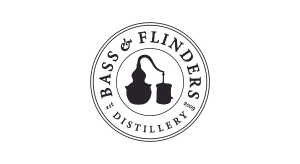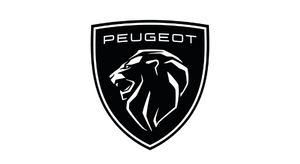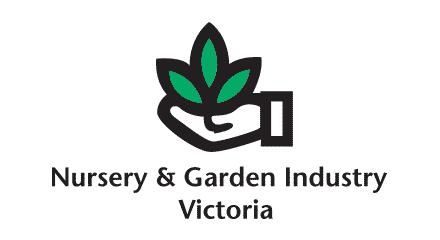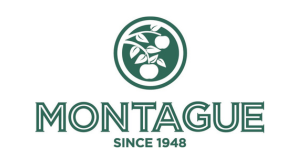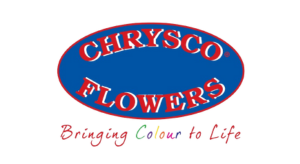Why are there fruit flavours in my wine?
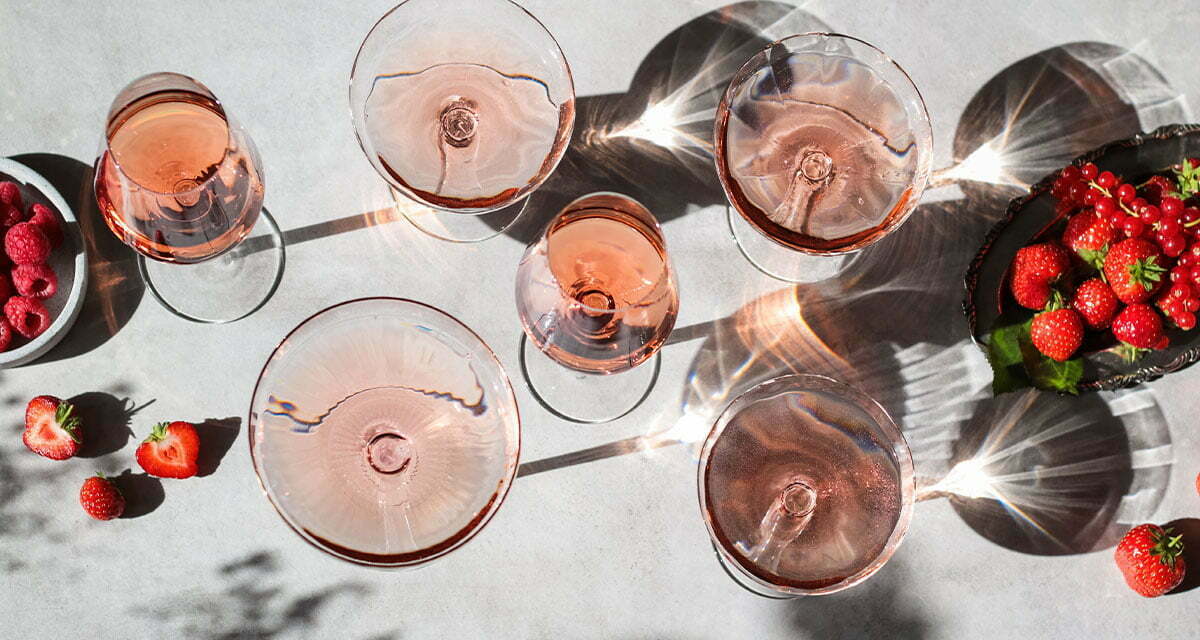
If wine is made from crushed grapes, where do all those other flavours come from?
Was that peach you got a hint of in your Chardonnay last night? Or perhaps it was raspberry notes in your Grenache? When we’re drinking our favourite drops, there are all kinds of things we can smell and taste, but how can that be if they are not actually in the wine?
As you probably already know, traditional wines are made from grapes. Many different grape varieties are grown for wine, and the particular varieties used give the wine its colour, aromas and flavours. But when we do a tasting or read the back label, so many other flavours and aromas are described, like certain fruits and flowers for instance. So one might ask, where do all those other flavours come from? Let’s dive in and find out!
After grapes are harvested, they go through a fermentation process, transforming them into the delicious wine you enjoy. During fermentation, chemical compounds called esters are created, these are organic acids that occur naturally in wine. These esters are identical to the ones found in other fruits and foods, so they are very familiar to us.
Esters often impart the ‘fruity’ characters into wines, so you might detect dark berry flavours or cherry in your red wine, or citrus, pineapple and other tropical fruits in your white wine. Additional esters can come from oak barrels – think flavours like spice, caramel and vanilla – as well as through the wine ageing process.
But esters are just one part of the flavour and aroma of wine. Wine is an organic substance, so there are many other chemical compounds, environmental factors, and other substances which combine to create the smells and tastes that you experience in your favourite drops.
Our personal experience also plays a part in how we might describe a wine, because the flavours and aromas we detect are naturally linked to certain smells and tastes that we are personally familiar with. So, an avid gardener, for example, might pinpoint specific florals like jasmine or honey blossom in their glass of white, while the not-so-green-thumbed novice may just smell or taste a general floral scent. Similarly, someone who has grown up in a household with spice-based meals might pick up a hint of five spice in their Pinot Noir, while someone less familiar with spicy food can’t specify that ‘spicy’ flavour they’re experiencing.
As our wine knowledge develops, our appreciation grows, so there are many benefits to talking about wines in these ways. Detecting familiar flavours in our favourite wines can be an enjoyable and memorable experience. Next time you pour a glass, have a bit of fun and see what flavours you recognise before you check the label!
VISIT THE WINE GARDEN
If you want to learn more about the flavours and aromas of the garden in Australian wine varietals, come along to the FREE Wine Selectors Wine Garden masterclasses at the Melbourne International Flower and Garden Show to taste with our experts. Take in the aromas of Sparkling and Rosé, or uncover the flavours of Chardonnay and Shiraz from Australia’s diverse wine regions. Take your wine knowledge up a notch in these fun and interactive tasting sessions. Sessions start every hour on the hour, but seats are limited. Duration 30 minutes.

